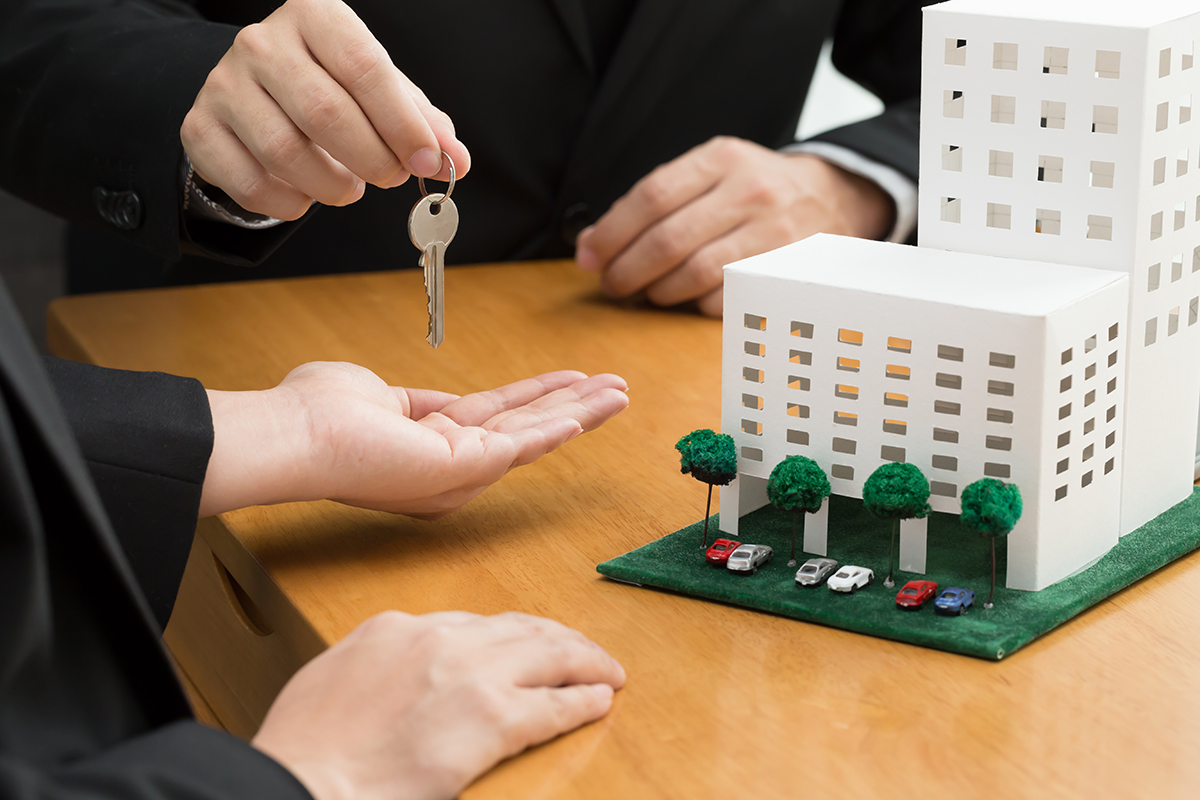A lease agreement for commercial office space is a legal document that is drafted by a landlord and issued out to a tenant. The document spells out the terms of references that shall govern the use and occupancy of the real estate property in question here.
On the whole, the standard validity time for this agreement is around 3-5 years. Other dynamics may be at play also though. Examples of these are the prevailing market conditions, the nature of the floor space, and the improvements that may be necessary.
The commercial office spaces are generally rented by the attorneys, accountants, real estate agents, and other practitioners who rely extensively on the office floor spaces. At the same time, the floor spaces are, for a large part, used for consultation.
For this type of lease, the rent is usually determined mostly on the basis of per square foot. The exact price is expressible per month or per annum.
Commercial Office Lease Agreement Template

What to Include?
The following are the information you have to include in the lease agreement for commercial office space:
- Date when the contract is signed and from which it is effective.
- Name of the Landlord
- Name of the Tenant
- A description of the leased property
- Address of the leased property (city, state, and zip code.)
- Use of the leased premise – Is it commercial, residential, or warehouse?
- Terms of the lease agreement – This spells out the entire duration of the agreement. In particular, it specifies when exactly the lease commences and comes to an end.
- Base rent – It is the amount of money which will be remitted to the landlord in the form of rent per anum or per month.
- Review options – Generally, this lease agreement is not strict but instead gives the two parties some leeway to review it if need be.
- Rental Increase – Much as the review options give the two parties concerned the leeway to review it, the rental increase, on the other hand, empowers the landlord to increase the rental price as well.
- Security deposit – Many landlords do levy some security deposits, which is held in trust until such a time that the tenant vacates the premise. This agreement captures the security deposit also.
- Leasehold improvements – From time to time, the tenant may want to make some improvements to the premise. This portion of the agreement delineates those improvements which may be made. Also, it demands that the tenant obtains prior permission before embarking on the same.
- Licenses and permits – Requires that the tenant keeps copies of all licenses and permits obtained during the period of occupancy.
- Obligations of the lessee – This is basically a list of all the duties and responsibilities of the lessee throughout his occupancy of the said premises.
- Insurance – Buildings have to be insured against the significant hazards in times of occupancy. The information regarding the terms of insurances is clearly spelled out in this segment.
- Sub-let assignments – If at all the property owner allows his premises to be leased out to a third party by a tenant, he spells that out categorically in this part of the lease agreement.
- Damage to leased premises – It is not uncommon for the tenant to pose some damages to the property concerned. The ‘damage to leased premises’ showcases what happens when such damages arise.
- Default and possessions – In the unlikely event that the lessee defaults on remitting the rental dues, there are rules and guidelines that determine exactly how those things are handled.
- Indemnification – Losses and damages have to be secured firmly and appropriately. The indemnification clause reveals precisely how these losses are protected or prevented from happening.
- Bankruptcy and Insolvency – What if either the tenant or landlord becomes bankrupt or insolvent when the lease agreement is in force? This clause also goes at great length to reveal what happens.
- Subordinate and attornment – Other than leasing the property to a third party, the tenant may also have the power to transfer it wholly altogether. The ‘subordinate and attornment’ clause sets the rules for such transfers.
- Estoppel Certificate – Some lessees and lessers have been noted to be treacherous. They make contracts today, only for them to go back on them tomorrow. The estoppel certificate prevents this from happening.
- Holdover – Different landlords operate on different terms of references. Some may allow their tenants to remain on the premises they have let even after the lease period has come to an end. the holdover clause spells out just how that is to transpire.
- Waiver – Stipulates that any waivers of defaults have to be implemented on a case by case basis rather than as a blanket.
- Governing Law – In case any dispute regarding the lease agreement spills over to the courtroom, the ‘governing law’ reveals the jurisdiction, which is to handle and oversee the settlements of such disputes.
- Addresses of the lessor and lessee
- Amendment – Categorically states that no amendment of whichever form shall be implemented on the agreement during the time for which the lease is in force.
- Binding Effects (Acknowledgement of the Notary Public and witnesses) – These are basically persons who are mutually known to the landlord and the tenant. They append their signatures as a sign that they vouch for the validity of the information presented therein.
How to Write?
To be able to draft quality lease agreements for commercial office space, you need to use a template for the same. This is basically a step-by-step wizard that asks you a couple of questions that guide you in making the final decision. It is by far the best method to go about drafting this crucial document.
It sees to it that you come up with a document that is wholly tailored to the needs. Given its comprehensive nature, this document makes sure that every aspect of the agreement is handled and taken good care of.
Lastly, this simplifies some of the terms that may be too complicated for you to understand. With regard to this, the agreement enables you to make more informed decisions. This way, you also get to eliminate any ambiguities.











